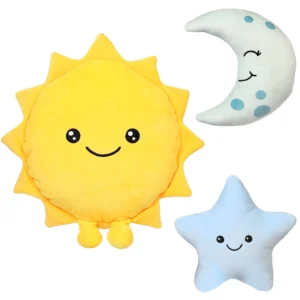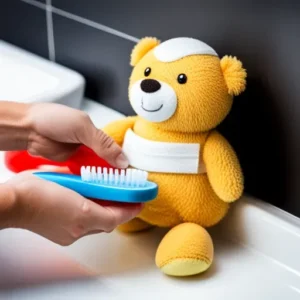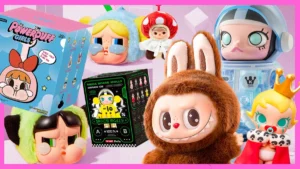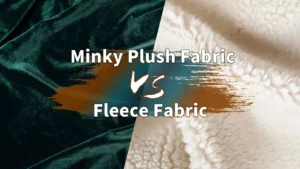When it comes to choosing toys for children, plush toys hold a special place. Soft, cuddly, and comforting, they often become lifelong companions for kids. But beyond their charming appearance lies a critical question every parent and caregiver must ask: How can you be sure that a plush toy is truly safe for your child? In today’s market, not all plush toys are created equal—some may contain harmful chemicals, choking hazards, or allergens that could put children at risk.
In short, a plush toy is safe for a child if it is made from non-toxic, hypoallergenic materials, meets strict international safety standards, and has been rigorously tested for hazards like choking, chemical exposure, and flammability. By knowing what to look for, you can confidently select toys that ensure your child’s health and happiness.
Imagine a little girl clutching her favorite teddy bear, passed down through generations, unaware of the careful design and safety testing behind that soft companion. Understanding how plush toys are made safe can empower you to make the best choices for your loved ones. Let’s dive deep into the expert insights on plush toy safety.
1. What Materials Are Commonly Used in Safe Plush Toys?

Safe plush toys are typically crafted from fabrics and fillings that are non-toxic, durable, and hypoallergenic to protect children from chemical and allergen exposure.
Summary: Safe plush toys use materials like organic cotton, polyester plush, natural latex, and certified recycled fibers, all tested to be free of harmful substances and allergens.
- Organic Cotton: Grown without pesticides or synthetic fertilizers, organic cotton reduces chemical risks and is gentle on sensitive skin. However, it can be pricier and less durable under rough play.
- Polyester Plush: Widely used for its softness and durability, polyester plush is often treated to meet safety standards. Look for toys using recycled polyester to balance sustainability with safety.
- Natural Latex Fillings: A natural alternative to synthetic stuffing, latex offers hypoallergenic properties but may pose risks to latex-allergic children, so labeling is critical.
- Certified Recycled Fibers: These help reduce environmental impact and are often processed to remove contaminants, but quality varies—certifications like GRS (Global Recycled Standard) provide assurance.
- Avoidance of Harmful Chemicals: Safe toys avoid flame retardants, heavy metals, phthalates, and formaldehyde—substances linked to health risks. Manufacturers must comply with regulations restricting these chemicals.
Choosing materials thoughtfully protects children from skin irritation, respiratory problems, and long-term health issues. If you want to explore plush toys made with the safest and most sustainable materials, contact Kinwin for customized, high-quality solutions tailored to your needs.
| Material Type | Description | Benefits | Considerations |
|---|---|---|---|
| Organic Cotton | Grown without pesticides or synthetic fertilizers | Reduces chemical risks; gentle on sensitive skin | Pricier; less durable under rough play |
| Polyester Plush | Soft, durable fabric, often treated to meet safety standards | Softness and durability; recycled options available | Quality varies depending on treatment |
| Natural Latex Fillings | Natural alternative to synthetic stuffing | Hypoallergenic properties | May cause allergic reactions in latex-sensitive children |
| Certified Recycled Fibers | Processed recycled fibers with certifications like GRS | Reduces environmental impact; contaminant-free | Quality and safety depend on certification and process |
| Avoidance of Harmful Chemicals | Excludes flame retardants, heavy metals, phthalates, formaldehyde | Prevents health risks like skin irritation and toxicity | Requires strict regulatory compliance |
2. Which Safety Standards and Certifications Should Parents Look For in Plush Toys?
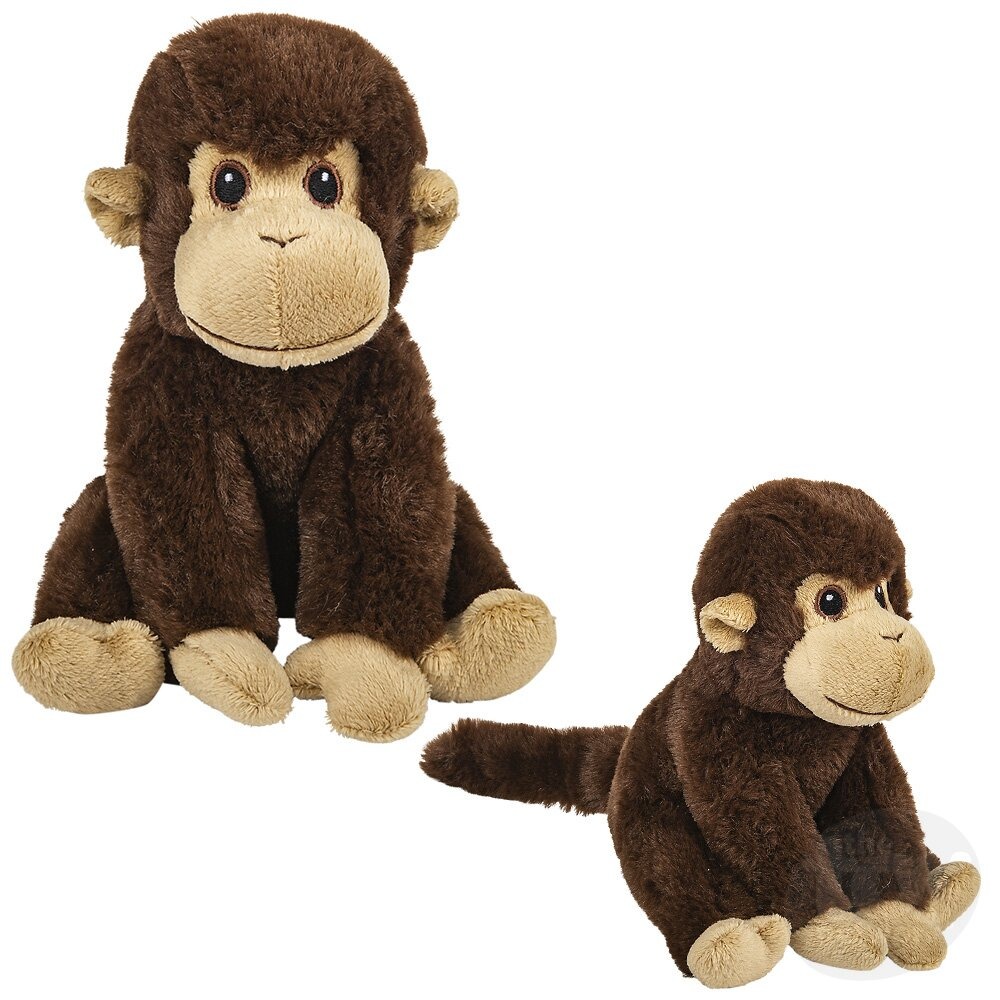
Certified safety standards ensure toys undergo rigorous testing to meet health and mechanical safety criteria, offering peace of mind to parents.
Summary: Look for ASTM F963, EN71, CPSIA, and other certifications that verify a plush toy meets strict international safety and quality requirements.
- ASTM F963 (U.S.): Specifies mechanical, chemical, and flammability requirements for toys sold in the U.S., including limits on lead and phthalates.
- EN71 (Europe): A comprehensive European standard covering mechanical safety, flammability, and chemical properties; includes multiple parts for different safety aspects.
- CPSIA (Consumer Product Safety Improvement Act): U.S. regulation mandating testing for lead content and phthalates, with strict labeling requirements.
- ISO 8124: An international standard harmonizing safety requirements across regions.
- Certification Marks: Look for labels from recognized testing labs like UL, Intertek, or SGS, indicating third-party verification.
- Recall Databases: Checking government or watchdog websites can alert parents to unsafe products that have been recalled.
Compliance with these standards ensures the toy has passed detailed testing against choking hazards, toxic chemicals, and flammability risks, helping parents choose with confidence. For plush toys that meet or exceed these certifications, Kinwin offers fully certified products tailored to your specifications.
| Standard / Certification | Region | Description | Key Focus Areas |
|---|---|---|---|
| ASTM F963 | United States | Specifies mechanical, chemical, and flammability requirements; limits on lead and phthalates | Mechanical safety, chemical limits, flammability |
| EN71 | Europe | Comprehensive multi-part standard covering mechanical safety, flammability, and chemicals | Mechanical, flammability, chemical safety |
| CPSIA (Consumer Product Safety Improvement Act) | United States | Mandates testing for lead, phthalates, with strict labeling requirements | Lead & phthalates testing, labeling |
| ISO 8124 | International | Harmonizes toy safety requirements across multiple regions | General toy safety standards |
| Certification Marks (UL, Intertek, SGS, etc.) | Global | Third-party lab verification of safety compliance | Independent testing and certification |
| Recall Databases | Global/National | Official websites listing recalled unsafe toys | Consumer safety alerts and product recalls |
3. How Do Manufacturers Test Plush Toys for Safety Before Sale?

Before plush toys reach store shelves, manufacturers conduct a battery of tests designed to simulate real-world use and identify potential hazards.
Summary: Safety testing includes mechanical durability, chemical analysis, flammability tests, and allergen screening to ensure plush toys are child-safe.
- Mechanical Testing: Checks for small parts, choking hazards, sharp edges, and secure stitching by subjecting toys to stress tests like pulling, twisting, and impact.
- Chemical Testing: Uses laboratory analysis to detect harmful substances such as lead, phthalates, heavy metals, and formaldehyde within the fabric and stuffing.
- Flammability Testing: Ensures the toy’s fabric and stuffing resist ignition and slow flame spread, protecting children from fire hazards.
- Allergen Screening: Identifies potential allergens in dyes, fabric treatments, or fillings, especially for hypoallergenic toys.
- Durability and Washability: Tests the toy’s ability to maintain safety and integrity after repeated washing and rough handling.
- Aging and UV Exposure Tests: Evaluate how materials degrade over time or with sunlight, affecting safety and appearance.
Manufacturers often collaborate with accredited laboratories to perform these tests, complying with legal and market-specific requirements. This rigorous testing process is crucial to guarantee safety and durability.
Want to offer plush toys with verified safety testing and quality assurance? Reach out to Kinwin for custom-made plush toys that pass the highest standards.
| Testing Type | Purpose | Description |
|---|---|---|
| Mechanical Testing | Detects physical hazards | Tests for small parts, choking risks, sharp edges, secure stitching via stress tests (pulling, twisting, impact) |
| Chemical Testing | Identifies toxic substances | Laboratory analysis for lead, phthalates, heavy metals, formaldehyde in fabrics and stuffing |
| Flammability Testing | Assesses fire safety | Ensures fabric and stuffing resist ignition and slow flame spread |
| Allergen Screening | Detects potential allergens | Tests dyes, treatments, and fillings for allergens, crucial for hypoallergenic toys |
| Durability and Washability | Evaluates longevity and cleanliness | Tests toy’s integrity after repeated washing and rough use |
| Aging and UV Exposure Tests | Measures material degradation over time | Examines effects of sunlight and aging on safety and appearance |
4. Are There Specific Design Features That Make a Plush Toy Safer for Children?

Beyond materials and testing, thoughtful design plays a vital role in minimizing risks and enhancing child safety.
Summary: Features like secure stitching, embroidered eyes, and avoidance of detachable small parts reduce choking risks and improve plush toy safety.
- Secure Stitching and Seams: Reinforced seams prevent stuffing from escaping, reducing choking hazards and extending toy life.
- Avoidance of Small Detachable Parts: Buttons, beads, or plastic eyes can detach and pose choking risks; embroidery is preferred.
- Non-toxic Dyes and Paints: Ensure colors do not contain heavy metals or harmful chemicals and do not fade or rub off onto skin.
- Rounded Edges and No Sharp Components: Some plush toys incorporate plastic parts (e.g., noses); these should be securely attached with smooth edges.
- Appropriate Size and Weight: Toys designed for infants are larger and lighter to prevent swallowing or suffocation risks.
- Labeling for Age Appropriateness: Clear guidance helps caregivers choose toys suitable for their child’s developmental stage.
- Washable Materials: Design allowing easy cleaning prevents buildup of germs and allergens.
Safe design reduces injury risks and supports healthy child development by matching features to age and play behavior.
For plush toys expertly designed with child safety as a priority, contact Kinwin to customize according to your safety and aesthetic needs.
| Design Feature | Purpose | Description |
|---|---|---|
| Secure Stitching and Seams | Prevent stuffing escape and choking hazards | Reinforced seams to withstand pulling and tearing |
| Avoidance of Small Detachable Parts | Reduce choking risks | Use embroidery instead of buttons, beads, or plastic eyes |
| Non-toxic Dyes and Paints | Prevent chemical exposure and skin irritation | Use safe colors free from heavy metals and harmful chemicals; no fading or rubbing |
| Rounded Edges and No Sharp Components | Prevent injury | Securely attach plastic parts with smooth edges |
| Appropriate Size and Weight | Prevent swallowing or suffocation | Larger, lighter toys for infants matched to developmental stage |
| Labeling for Age Appropriateness | Guide safe toy selection | Clear age recommendations and warnings |
| Washable Materials | Maintain hygiene and reduce allergens | Design allowing easy cleaning and durability |
5. How Can Parents Identify Safe Plush Toys When Shopping?
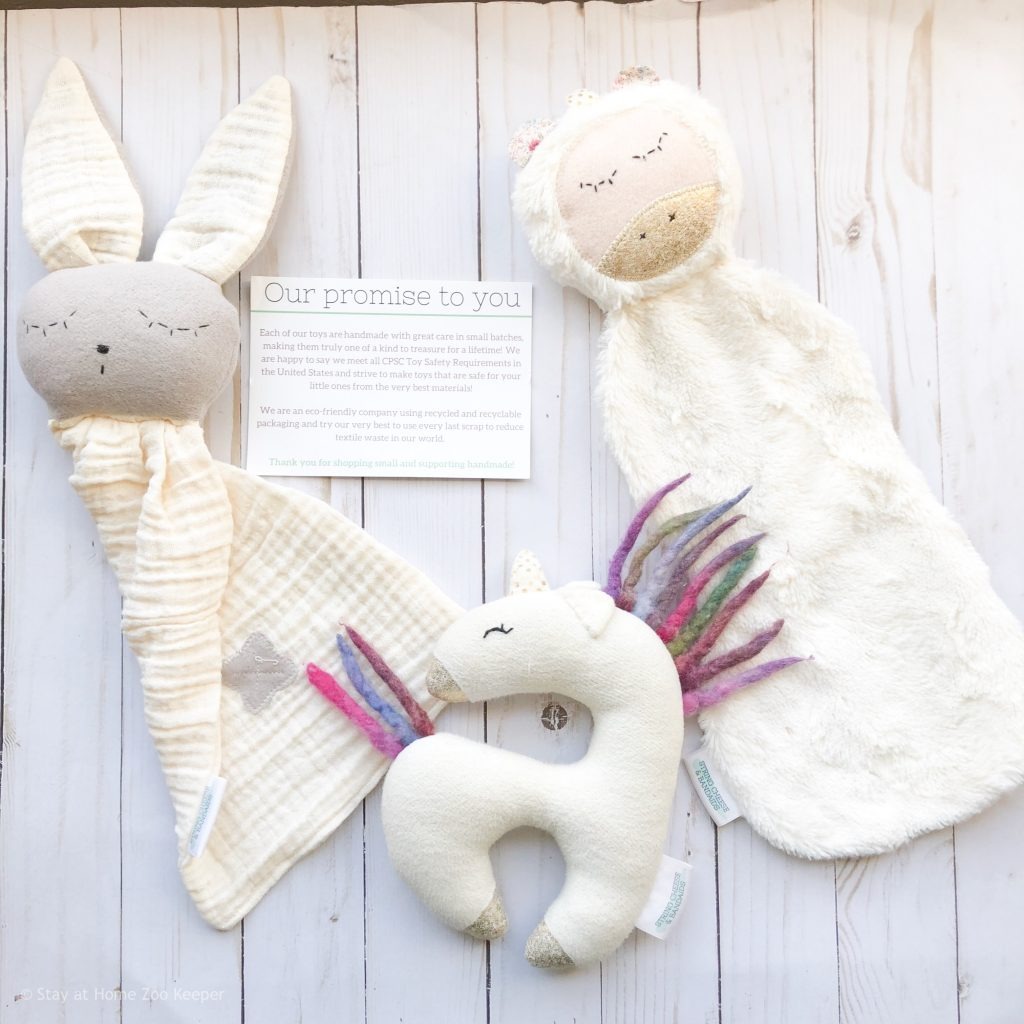
Parents can use simple, practical steps to assess plush toy safety before purchasing.
Summary: Check labels, certifications, age recommendations, and product recalls; inspect toys physically for hazards before buying.
- Read Labels Carefully: Look for safety certifications (ASTM, EN71), age recommendations, and manufacturer contact information.
- Check for Recalls: Search official recall lists to avoid purchasing dangerous toys.
- Inspect for Loose Parts or Damage: Avoid toys with broken seams, loose stitching, or detachable small components.
- Look for Chemical Odors: Strong chemical smells can indicate unsafe manufacturing processes.
- Prefer Trusted Brands or Certified Retailers: Established companies tend to maintain higher safety standards.
- Test for Washability: Verify if the toy can be cleaned easily to maintain hygiene.
- Ask Questions: Don’t hesitate to contact manufacturers or sellers about material safety, production processes, and testing.
Empowering parents with these tips helps keep children safe from hazards that are not always obvious at first glance.
For plush toys you can trust, Kinwin offers fully certified, high-quality plush toys tailored for every safety concern—feel free to inquire now.
| Tip | Description |
|---|---|
| Read Labels Carefully | Check for safety certifications (ASTM, EN71), age recommendations, and manufacturer info |
| Check for Recalls | Search official recall databases to avoid unsafe products |
| Inspect for Loose Parts or Damage | Avoid toys with broken seams, loose stitching, or detachable small components |
| Look for Chemical Odors | Strong chemical smells may indicate unsafe manufacturing or harmful substances |
| Prefer Trusted Brands or Certified Retailers | Established companies usually maintain higher safety standards |
| Test for Washability | Ensure the toy can be easily cleaned to maintain hygiene |
| Ask Questions | Contact manufacturers or sellers about materials, testing, and production processes |
6. Do Eco-Friendly and Hypoallergenic Materials Improve Plush Toy Safety?
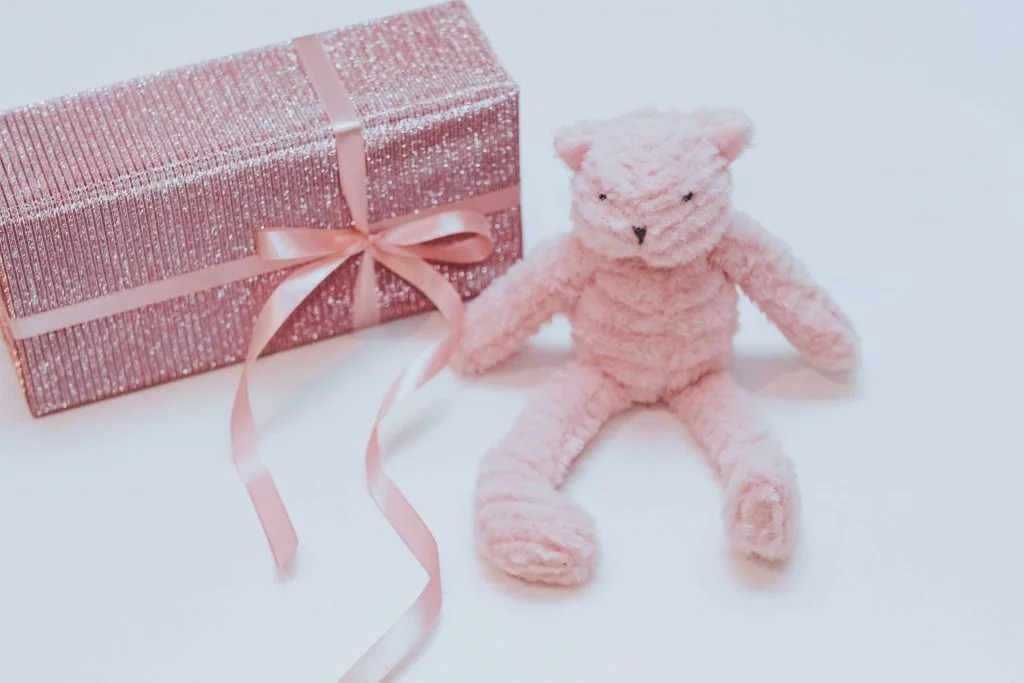
Eco-friendly and hypoallergenic materials contribute positively but also require critical evaluation to ensure they meet all safety criteria.
Summary: Organic, sustainable, and hypoallergenic materials often reduce chemical exposure and allergens but must still comply with safety testing and standards.
- Benefits of Eco-Friendly Materials: Reduce environmental impact, often use fewer harmful chemicals, and appeal to health-conscious families.
- Hypoallergenic Fabrics: Minimize allergic reactions, especially important for children with sensitive skin or respiratory issues.
- Potential Limitations: Some natural materials degrade faster, affecting durability; others may harbor mold or pests if not processed properly.
- Certification Importance: Eco-friendly doesn’t always mean safe—look for safety certifications alongside sustainability claims.
- Cost Considerations: Premium eco-friendly toys may come with higher price points, but often offer better health and environmental benefits.
- Innovation in Materials: Antimicrobial fabrics and smart textiles are emerging, enhancing safety through improved hygiene and interactive features.
Sustainability and safety should go hand in hand for truly responsible plush toys. Kinwin specializes in producing eco-conscious, safe plush toys customized to your market demands.
| Aspect | Description |
|---|---|
| Benefits of Eco-Friendly Materials | Reduce environmental impact; use fewer harmful chemicals; appeal to health-conscious consumers |
| Hypoallergenic Fabrics | Minimize allergic reactions; ideal for children with sensitive skin or respiratory issues |
| Potential Limitations | Some natural materials degrade faster; risk of mold or pests if improperly processed |
| Certification Importance | Sustainability claims must be backed by safety certifications to ensure true safety |
| Cost Considerations | Premium pricing may apply, but offers improved health and environmental benefits |
| Innovation in Materials | Emerging technologies like antimicrobial fabrics and smart textiles enhance hygiene and interactivity |
Conclusion
Choosing a safe plush toy for your child means looking beyond cute designs and focusing on materials, certifications, testing, design features, and practical safety checks. Understanding these factors empowers parents and caregivers to make informed choices that protect children from hazards like choking, toxic chemicals, and allergens.
With the right knowledge and trusted suppliers, safety and fun go hand in hand. If you want plush toys that combine premium safety, innovative design, and sustainable materials, don’t hesitate to contact Kinwin for tailored solutions crafted with care and expertise.




